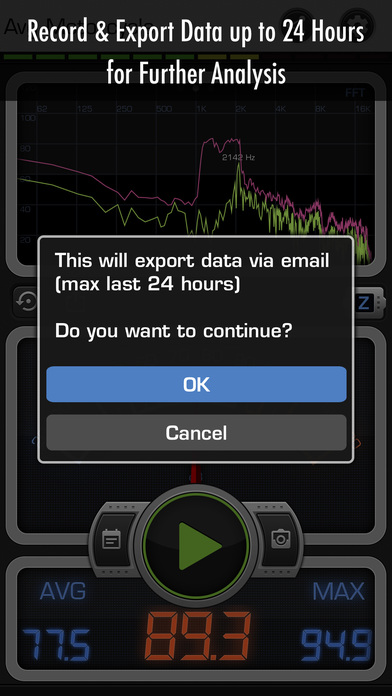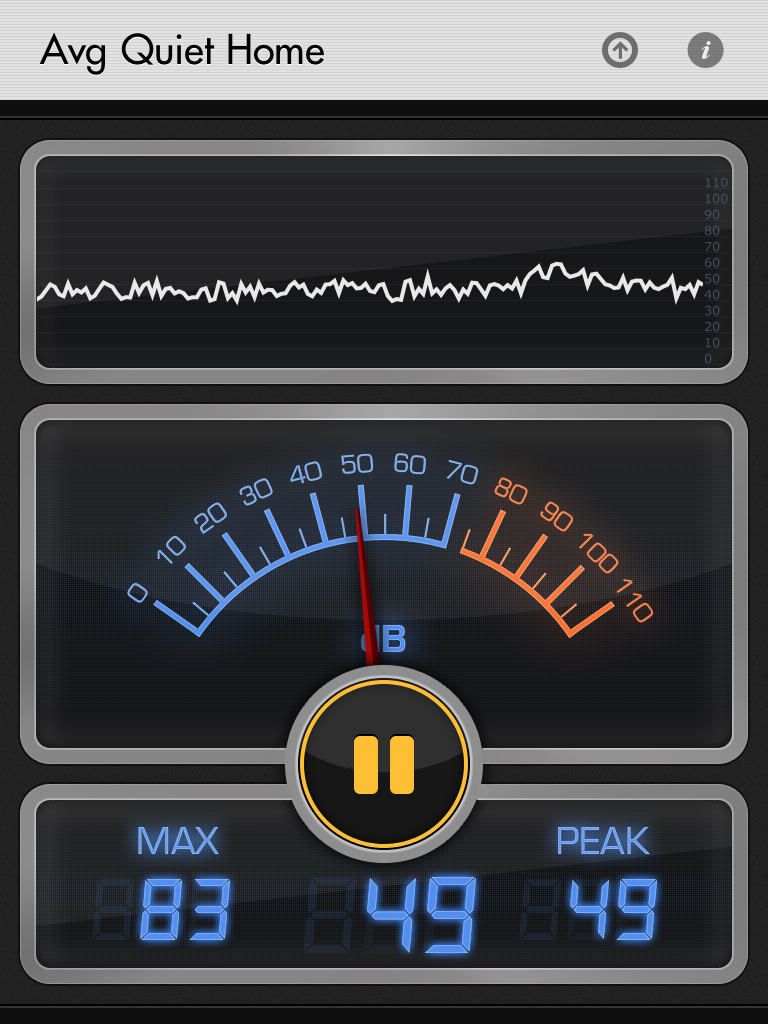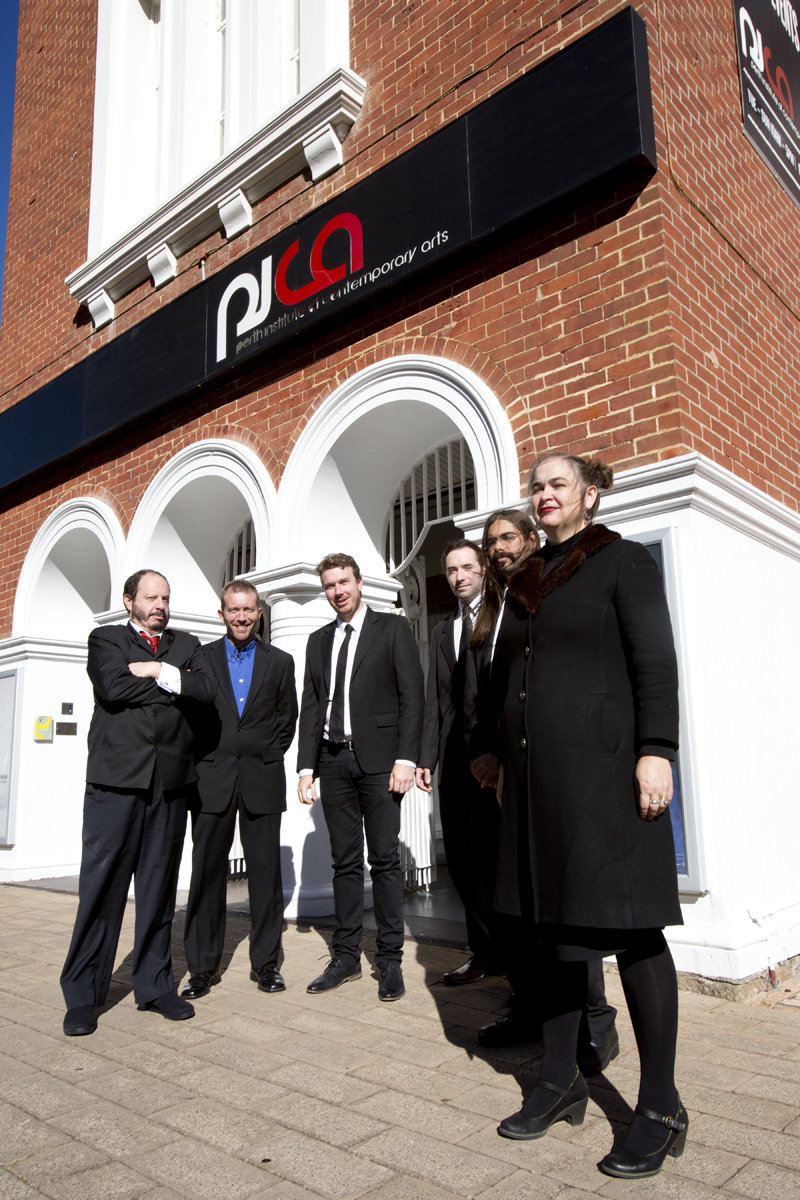

“Source” driven treatments will typically trigger 12-18 dB drops, while “path” driven treatments will typically trigger 3-8 dB drops. These treatments are briefly reviewed in our Sound Treatments section of this Academy, and specified in more detail in the Applications Guide of this website. Conversely, if your voice carried a 70 dB reading at a rock concert emitting 120 dB, your exposure would still be 120 dB.ĭecibel levels are controlled by applying soundproofing treatments that attenuate either the “source” of the noise or the “path” the noise is traveling. For example, if you had a forklift emitting an 87 dB reading driving past a punch press with an 89 dB reading, your overall exposure would be 91 dB (not 176 dB). This explains how reflective sounds within a room can grow to become stronger than the single original sound source. If two sound sources differ by 10+ dB: add 0 dB to the higher number If two sound sources differ by 4-9 dB: add 1 dB to the higher number If two sound sources differ by 2-3 dB: add 2 dB to the higher number If two sound sources differ by 0-1 dB: add 3 dB to the higher number When combining two sound sources together, the question of determining the sum of their decibels is addressed using the following scale.

For this reason, slowing reverberation times down in a larger room, such as a gymnasium, produces a more noticeable acoustic effect than in a smaller room, such as an office. In smaller rooms, where you are positioned closer to the sound source, the more difficult it becomes to protect from original sound as well as distinguish between the original sound and reflected sound. Because of this law, soundproofing treatments are able to trigger stronger absorption results in larger rooms than smaller rooms. These results would be experienced only in an open field, such as the top of a mountain, where no surrounding surfaces would interrupt the path of the sound and reflect it back to alter the results. Of course, in the real world, sound reflections will blur these results. For instance, if you stand 10 feet from a sound source and experience a 90 dB reading, at 20 feet you would experience an 84 dB reading in the absence of echo. This would be the equivalent of cutting your noise pressure levels by 75%. The Inverse Square Law teaches us that for every doubling of the distance between a sound source and the recipient of the sound, a 6 dB drop would occur if there were no echo (as from a mountain top). The further away from the noise source you are, the lower your decibel level readings will become. Sound intensity will diminish over time and distance. The following table will help illustrate the order of magnitude associated with dB.ĩ dB-Drop 12.5% of your noise has survivedġ0 dB-Drop 10% of your noise has survivedģ0 dB-Drop. For each 3 dB you drop, your sound pressure levels will drop another 50% of the remaining sound pressure. By dropping 6 decibels, for instance, you first move 3 dB, and then another 3 dB. This simply means that for every 3 decibels you move up or down the scale from 0-194, you are adding or dropping 50% of your remaining sound pressure levels to your exposure.

The decibel scale is logarithmic, not linear. The pain threshold for human ear starts at about 120 dB. Conversational voice levels average a 65 dB rating, while OSHA demands hearing protection for factory workers exposed over an 8 hour period to levels stronger than 85 dB. Daytime hours average 10 dB more sound pressure than night time hours.

Your average day is filled with sound sources that typically range from 30-100 dB. A dB reading of “0” indicates the faintest sound the human ear can detect, while a dB reading of “180” would be the equivalent to standing on a rocket pad during launch. The units define how loud a noise source is, ranging on a comparative scale from 0-194. What is a decibel? A decibel (dB) is a unit of measurement that gages the intensity of sound.


 0 kommentar(er)
0 kommentar(er)
